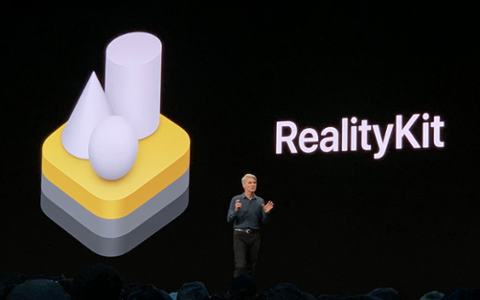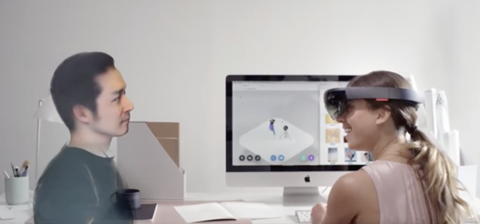Will virtual reality (VR) and augmented reality (AR) become widespread, or are they doomed to remain niche technologies? That’s a pressing question for many developers, because building products for a new platform is never easy or cheap; you don’t want to invest the time and money only to find that ten people will sign up for your shiny new app or service.
Earlier this year, the founders of XRDC, a prominent conference for VR and AR, recently surveyed 900 professionals “involved in the development of augmented, virtual, and mixed reality experiences” and came up with some insights that might provide a little guidance for those tech professionals curious about VR and AR (the survey is available for download, but sign-in is required).
As you might expect, games remain the top focus of developers, with 59 percent of those surveyed by XRDC saying they focused on building and maintaining VR, AR, and mixed reality games; that was followed by “entertainment (non-game),” which was the focus of 38 percent. Enterprise came in third with 22 percent, followed by brand experiences (18 percent), retail/commercial (13 percent), and industrial/product design (16 percent). In other words, games and entertainment rule the current AR/VR world.
Meanwhile, the substantial bulk of funding is coming from development firms’ existing funds (41 percent), while another 27 percent are client-funded. A brave 23 percent of developers said they were funding their AR and VR projects from personal money, while the rest were backed by a combination of angel investors (10 percent), government (10 percent), or crowd-funding (3 percent).
However, only 11 percent of respondents reported that their products were actually profitable, which is a big deal. Some 27 percent thought their project would become profitable in the medium term, slightly more than those who were aiming for long-term profitability (23 percent). Meanwhile, 22 percent said that their current AR/VR project wasn’t tied to profitability at all.
“All of these percentages were down year-over-year, in part because the share of respondents who said their AR/VR/MR work isn’t tied to profitability shot up, from just 11 percent last year to 22 percent this year,” XRDC reported. “This could be due to more and more hobbyists entering the AR/VR/MR development space, or it may suggest that more businesses, nonprofits, and government agencies are investing in AR/VR/MR development with aims other than turning a profit.”
XRDC also heard developers expressing concern about the future size of the AR and VR market, as well as the costs of developing for these platforms. “It's difficult for high-production-value VR to flourish without external funding given the current market size,” one respondent said. “Hopefully that will change as more accessible headsets (e.g., Oculus Quest) broaden said market.”
Nonetheless, some 91 percent believe that AR and VR is a “long-term sustainable market,” which could come as a relief to those developers worried about whether to explore what these platforms can do for them.
Part of the market could become more sustainable—and easier to build for—if Apple makes good on its long-rumored plans to produce an AR headset. At this year’s WWDC 2019, Apple rolled out RealityKit, a bit of AR tooling that, in combination with ARKit 3, could provide the foundation for such a device.
If Apple makes a move into a new product category, other companies inevitably follow, and so the introduction of an Apple-branded headset could kick off a wave of low- to medium-priced AR eyewear. However, keep in mind that a successful AR headset market still isn't a given, even with Apple's money; for example, Magic Leap, the AR startup that's received tons of buzz and investor cash, is reportedly facing layoffs and questionable sales prospects.
The future is still very much uncertain for VR beyond an ultra-specific niche, and only time will tell whether even cheap VR headsets can become the mainstream technology that VR advocates have long predicted.



